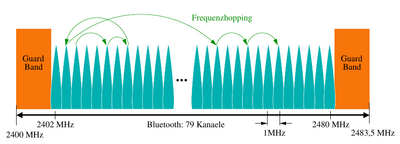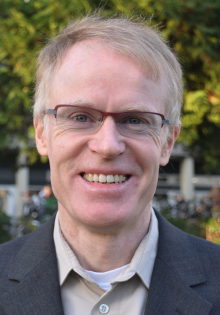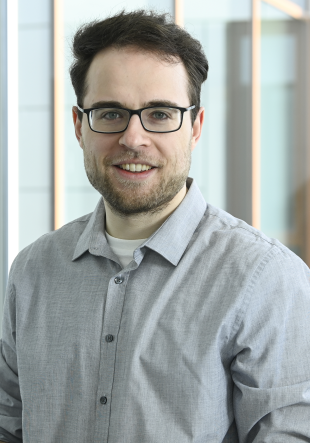Wireless Communications
Brief description

The Wireless Communications course provides students with an insight into techniques for reliable communication via time- and/or frequency-selective radio channels. To this end, the physical and statistical modelling of the radio channel is first presented, which forms the basis for understanding the transmission methods adapted to these channel conditions. The most important transmission and reception principles are then presented, in particular the various diversity methods:
- Time diversity: maximum ratio combiner, error rate calculation for coherent and incoherent reception, interleaving
- Antenna diversity: SIMO, MISO and MIMO techniques
- Frequency diversity for frequency-selective channels: Single carrier method with sequence detection, band spreading method, multi-carrier transmission
Emphasis is placed on a clear derivation of the receiver principles as operations in a linear vector space. In addition, an insight into current cellular radio communication systems is given.
Lecture contents
- Pulse amplitude modulation and orthogonal multi-plus modulation
- Optimal receiver
- Channel models for mobile radio
- Treatment of intersymbol interference
- Error rate on non-frequency selective Rayleigh channel
- Time, space and frequency diversity
- Channel coding
- Current cellular mobile radio systems
Learning outcomes & competences
After attending the course, students will be able to
- derive a discrete-time statistical model for a given physical description of a radio channel,
- explain the radio communication techniques and algorithms used in the physical layer,
- understand the basic design decisions for reliable communication over time-variant frequency-selective and non-frequency-selective radio channels,
- recognise the techniques used in modern cellular radio communication systems for reliable communication and classify their significance,
- compare the advantages and disadvantages of different transmission methods in terms of bandwidth, power efficiency and channel utilisation,
- select and design suitable transmission methods for given boundary conditions,
- simulate and analyse simple communication systems using modern programming systems (Python).
Interdisciplinary competences:
The students
- can apply the concept of linear vector spaces beyond the topic of this course to other fields of digital signal processing,
- can transfer the knowledge and skills gained in this course in the field of data generation, simulation and analysis of signal processing units to other disciplines using modern programming systems,
- can analyse more extensive tasks together in a group, break them down into subtasks and work on them in a solution-oriented manner.
Methodical realisation
- Lectures with predominantly blackboard and slide presentations
- classroom exercises with exercise sheets and demonstrations on the computer
- practical exercises with Python, in which students independently realise discrete-time channel models, simulate transmission methods, evaluate test data and present results.
Recommended reading
- Häb-Umbach, Reinhold: Wireless Communications (Lecture notes)
- D. Tse: Fundamentals of Wireless Communication, Cambrige University Press, 2006 : Very good overview, sophisticated text. The lecture is partly based on this book.
- K. D. Kammeyer: Nachrichtenübertragung, Teubner, 2004 : Very good German textbook with chapters on mobile radio communication
- P. Höher: Grundlagen der digitalen Informationsübertragung, Springer, 2013: Very good German textbook; contains newer topics that are not yet covered in the Kammeyer book
You are interested in:


